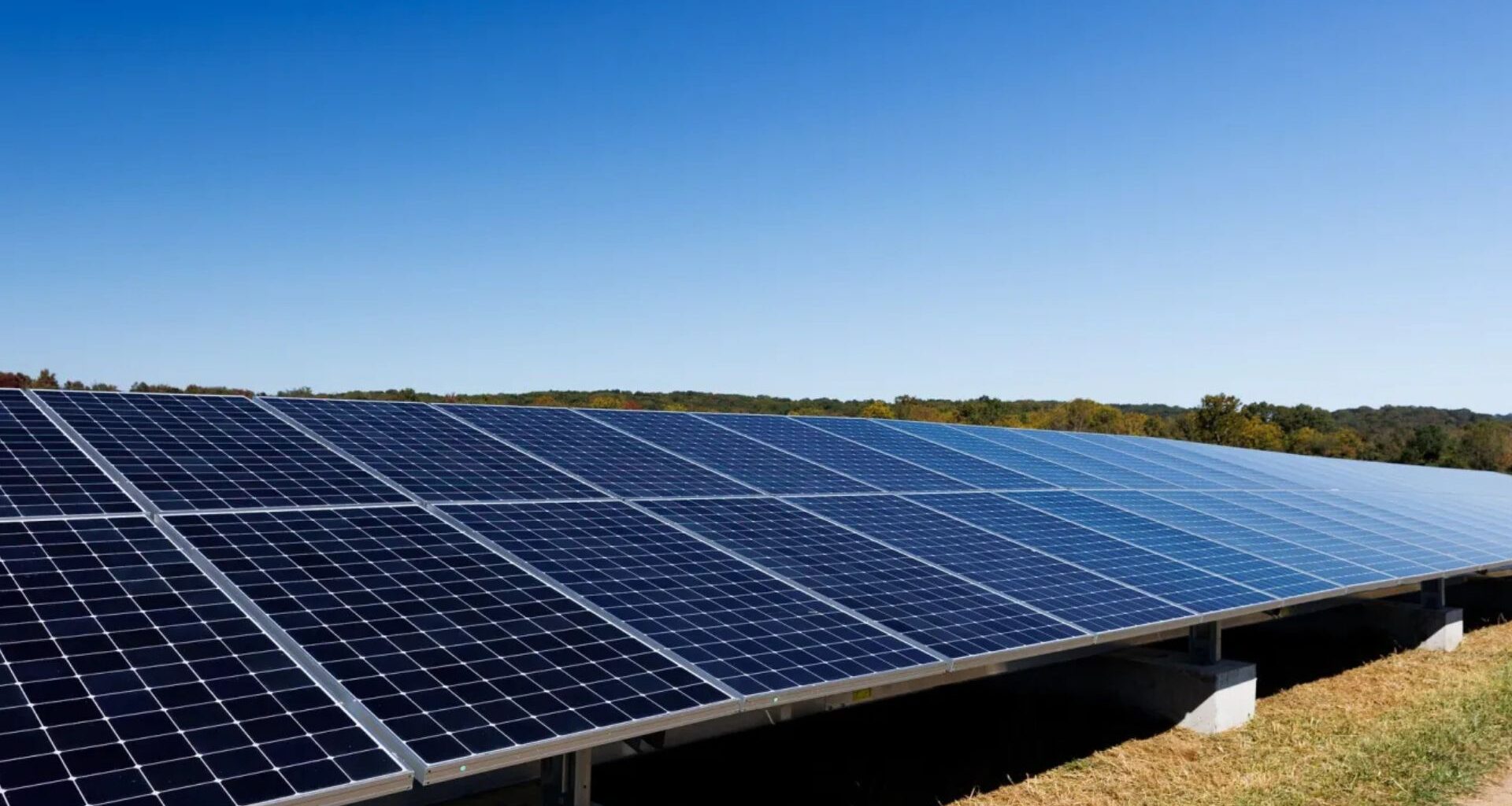Turning waste into watts, Baltimore County, Maryland, in the US, has unveiled a large-scale ground-mounted solar farm on a former landfill site.
The 213-acre site, once filled with refuse, will now generate 8.2 million kilowatt-hours of clean electricity that will lower costs and emissions while transforming idle land into a renewable energy asset.
Positioned north of Baltimore City, the project marks a key step in Maryland’s broader push toward sustainable power and statewide climate goals. “We are cutting costs for taxpayers and making investments that benefit our communities for decades,” said Kathy Klausmeier, county executive, in a statement.
Last month, Sweden launched its biggest solar plant, which will produce 100 GWh and power about 18000 households annually.
Waste becomes energy
Baltimore County has switched on its first large-scale ground-mounted solar farm, transforming the former Parkton Landfill into a hub of clean energy generation.
The 7-megawatt installation spans 213 acres and features four solar arrays comprising nearly 15,000 ground-mounted photovoltaic panels. In its first year alone, the site is expected to generate around 8.2 million kilowatt-hours of electricity—enough to supply roughly 11 percent of the county government’s annual power needs, reports Electrek.
Baltimore County’s new solar project ensures both financial and environmental gains through a 25-year Power Purchase Agreement (PPA) with TotalEnergies, which owns and operates the system.
Under the agreement, the county secures a fixed electricity rate of 14 cents per kilowatt-hour, providing long-term cost stability and protecting taxpayers from future energy price fluctuations. The arrangement allows the county to benefit from predictable, lower-cost renewable energy while advancing its sustainability goals.
According to county officials, the Parkton project symbolizes how innovative land reuse can drive environmental progress and economic efficiency together. “This project shows how Baltimore County can turn yesterday’s challenges into tomorrow’s opportunities,” said Klausmeier in a statement.
Sustainable progress
The project’s environmental impact is equally compelling. Based on calculations from the US Environmental Protection Agency’s Greenhouse Gas Equivalencies Calculator, the solar installation is expected to reduce greenhouse gas emissions equivalent to burning 621,480 gallons of gasoline each year.
It also matches the annual electricity use of approximately 1,151 homes or the emissions from driving more than 14 million miles in a typical gasoline-powered vehicle, reports NottinghamMD.
“This installation is a powerful example of transforming underutilized assets into productive resources, further demonstrating how it is possible to achieve both significant cost savings and ambitious sustainability goals for the County,” said Eric Potts, managing director of TotalEnergies Distributed Generation USA, in a statement.
Looking ahead, Baltimore County is planning an even larger move toward renewable energy. With the expected completion of a second ground-mounted solar project at the Hernwood Landfill by 2028, the County aims to produce clean electricity equivalent to 55 percent of its total power needs.
In June this year, a French renewable energy company, Waga Energy, launched its sustainable waste management technology at Steuben County Landfill in New York. The WEGABOX system captures methane emitted from decomposing waste and purifies it into renewable natural gas, turning a potent greenhouse gas into a valuable clean energy source.
By tackling landfill methane—one of the largest contributors to global warming—the technology represents a significant advancement in reducing emissions and promoting a circular, low-carbon energy future.

